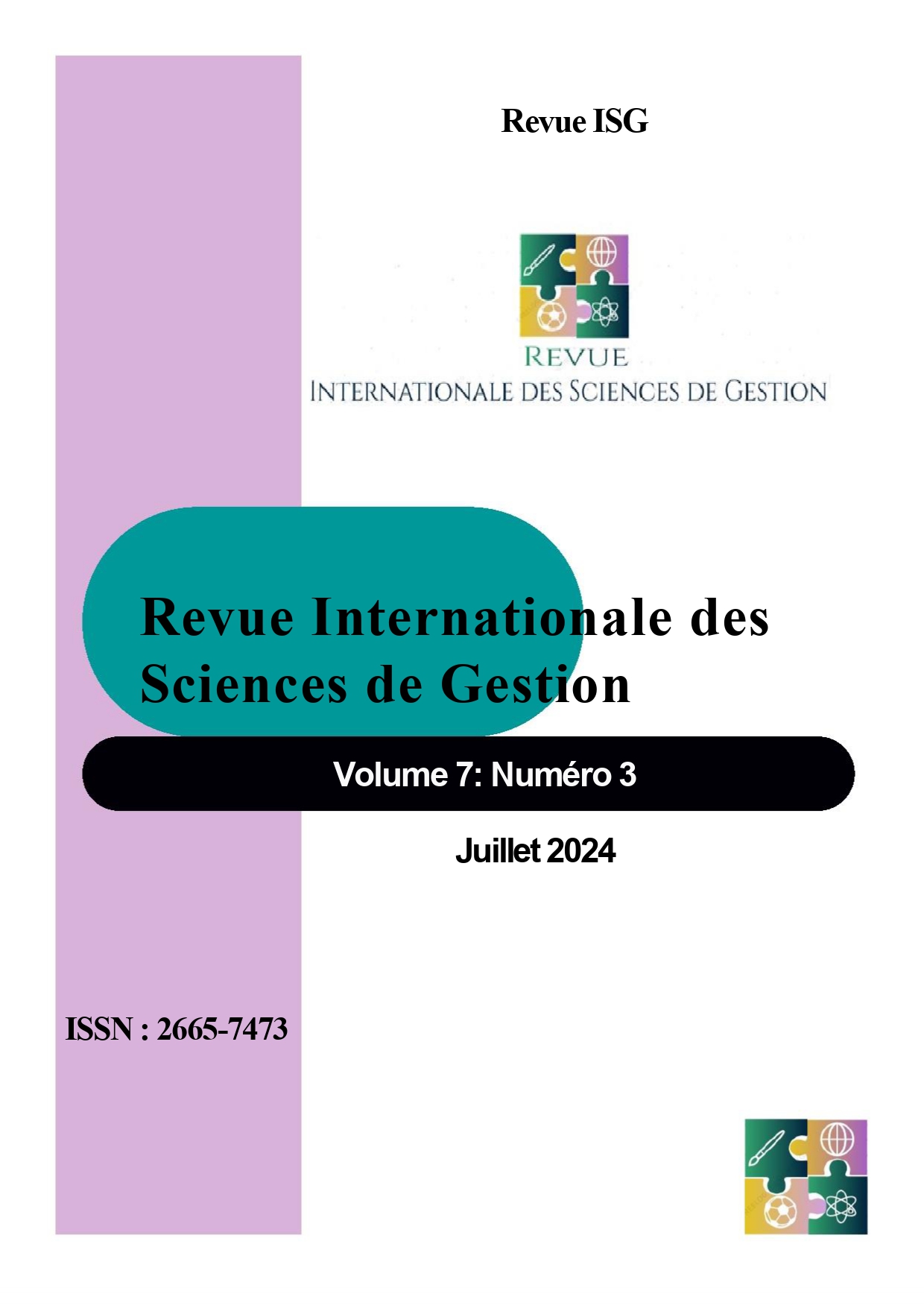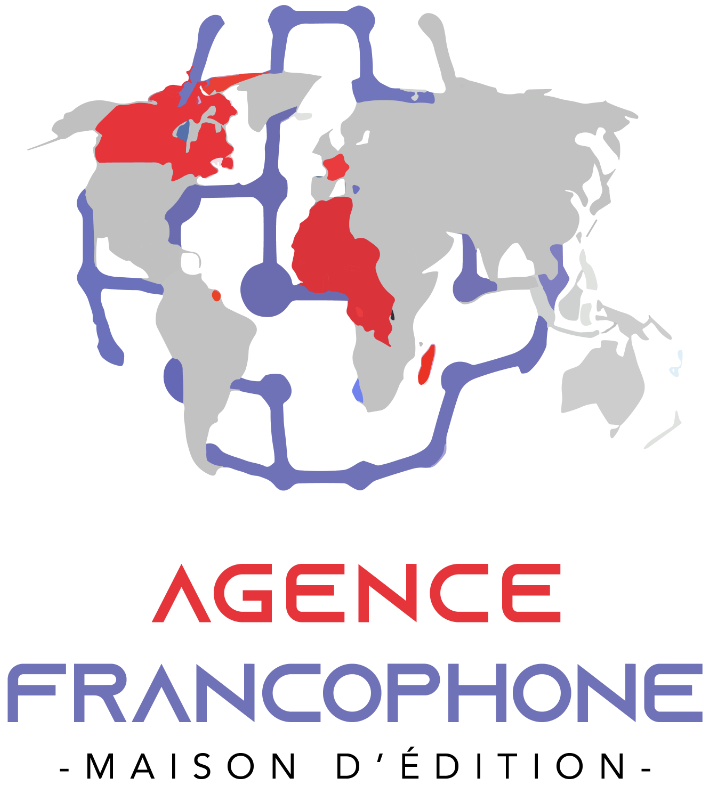Integrating Green Finance and Sustainable Development in the Built Environment: A Review under the Lens of Akerlof's Lemon Theory and Williamson’s Transaction Cost Theory
Keywords:
Green finance, Green buildings, Sustainable Development, Lemon’s Theory, Transaction Cost TheoryAbstract
This article review delves into the pivotal role of green financing within the financial system of green buildings, focusing on instruments such as green loans and bonds. These financial mechanisms are tailored to promote eco-friendly constructions thus incentivizing investments in energy-efficient homes, renewable energy systems, and water-saving technologies. The review employs the Lemon Theory and Transaction Cost Theory as analytical frameworks to assess how green finance can enhance sustainability in construction. It explores how these mechanisms mitigate information asymmetry and transaction costs, thereby facilitating more efficient allocation of resources and decision-making processes. Through a synthesis of theoretical insights and empirical evidence, the review evaluates the effectiveness of green finance in advancing sustainable development goals within the built environment. Ultimately, this comprehensive analysis aims to inform policymakers, practitioners, and researchers about leveraging innovative financial models to achieve environmental efficiency, reduce greenhouse gas emissions, and enhance overall environmental conditions in construction practices.
Downloads
Downloads
Published
How to Cite
Issue
Section
License
Copyright (c) 2024 Mohammed ABOUMAACHAR , Khalid EL OUAFA

This work is licensed under a Creative Commons Attribution-NonCommercial 4.0 International License.


















